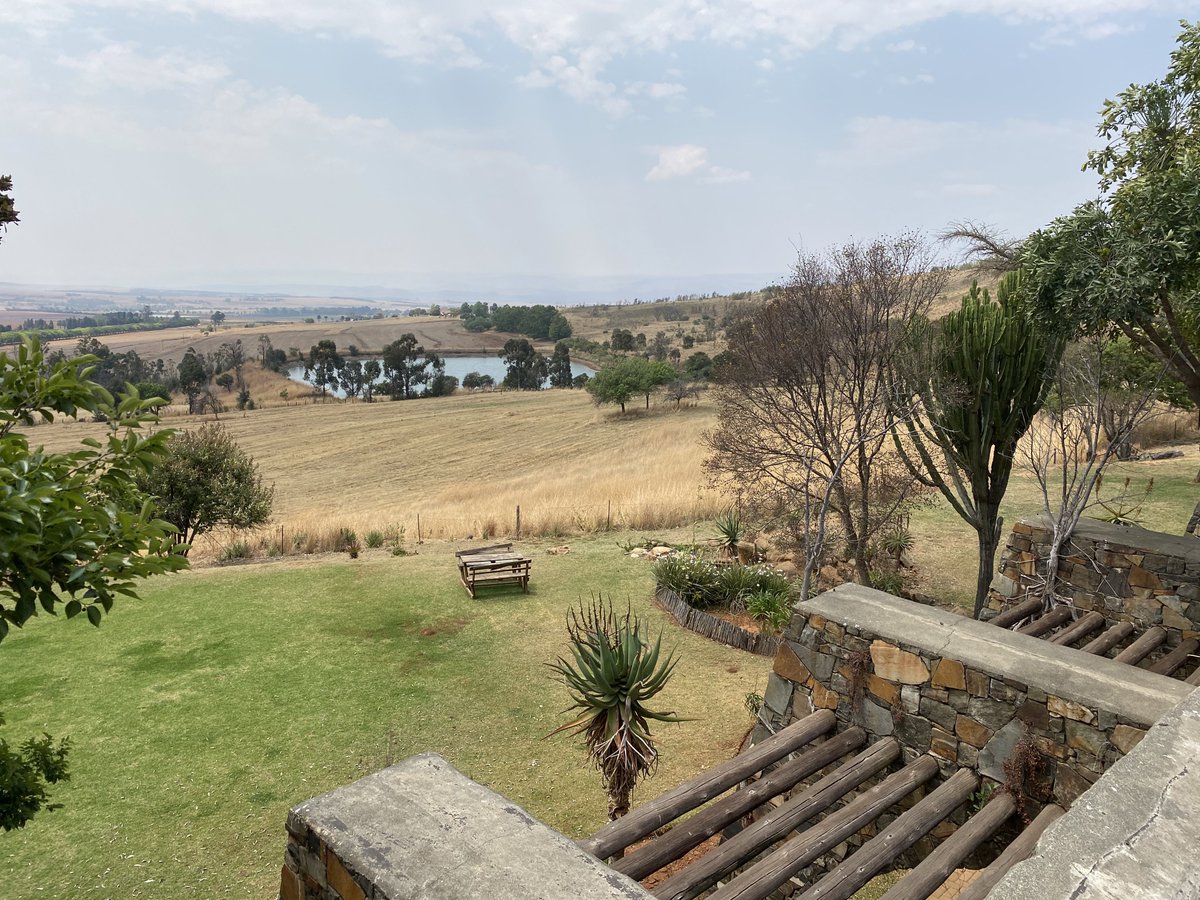Spent an interesting day at a land reform project near Lydenburg. The farm was acquired 10 years ago at a cost of R20 million, half of which was loaned from the land bank. About 1800 ha arable land of which about 285 ha is under irrigation.
The project got off to a bad start as the purchase price did not include the farming equipment or livestock. Even the dairy equipment, including the milking sheds, and other buildings were removed.
What’s interesting is that despite the setbacks and some internal instability it’s working. The trust is farming itself, it employs a farm manager, the dairy is running again, they have a dairy herd and are growing grain crops including wheat under centre pivots.
Generating about R6 million per year of which R1 million goes to the 254 beneficiaries the rest to keep the farm going and interest payments to the Land Bank. They take short term loans to finance planting, which they pay back at harvest time. They employ about 60 beneficiaries.
The biggest challenge is the Land Bank debt which has climbed to over R35 million, but considering the value of underlying asset this is not overwhelming. I was hugely impressed by the quality of the trust leadership.
It’s a rare success story, even rarer because they are farming themselves. Most big land reform entities lease their land to big commercial farmers and live off the rental and sometimes a profit share. This group is doing it on their own.
Perhaps the biggest reason for their success is a homogeneous community, most beneficiaries used to work for the previous owner and they know each other. Often the DRDLR just lumps people together. There are good relations between the trustees and beneficiaries, there is trust.
• • •
Missing some Tweet in this thread? You can try to
force a refresh





